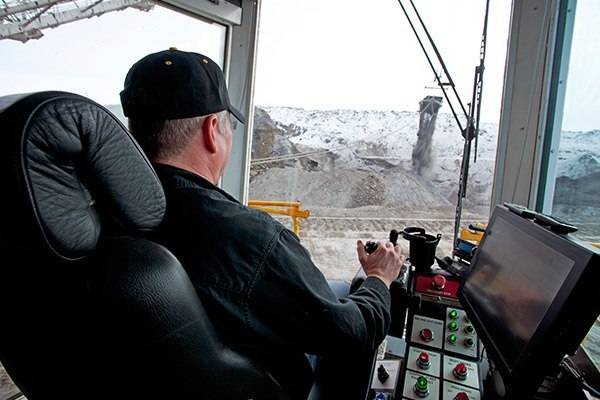Jul . 23, 2024 14:34 Back to list
Exploring the Role of Open Hearth Furnaces in the Steel Manufacturing Industry Today
Open Hearth Furnace in Steel Making A Historical Perspective
The open hearth furnace, a significant milestone in the evolution of steel-making technology, played a pivotal role in the industrial landscape of the late 19th and early 20th centuries. This method of steel production, developed in the mid-19th century, revolutionized the way steel was manufactured, greatly influencing industrial processes and shaping modern infrastructure.
The open hearth furnace operates on the principle of melting iron and scrap steel using a mixture of solid, liquid, and gaseous fuel. The design allows for a large volume of molten metal to be produced, making it suitable for mass production. The furnace itself consists of a shallow hearth and a roof that can be raised or lowered. The process involves heating the materials with the aid of regenerative burners, which preheat the air used for combustion, significantly improving efficiency.
One of the key advantages of the open hearth furnace was its ability to produce high-quality steel with a controlled chemical composition. This was made possible by the addition of various alloys during the melting process, allowing manufacturers to create steel with specific properties tailored to different applications. The open hearth furnace could produce large quantities of steel, essential for the booming industries of the time, including construction, transportation, and machinery.
Throughout its heyday, the open hearth furnace emerged as a dominant technology, particularly in the United States and Europe. By the early 20th century, it had largely replaced the Bessemer process, which had limitations in terms of the types and quality of steel produced. The flexibility of the open hearth process allowed for greater innovation in steel production, facilitating the development of stronger and more versatile steel grades.
open hearth furnace steel making factories

However, despite its advantages, the open hearth furnace was not without drawbacks. The process was labor-intensive and required significant energy inputs, which translated into higher production costs. Additionally, the environmental impact of open hearth steel-making was considerable, with emissions of pollutants such as carbon dioxide and particulates posing challenges to public health and the environment.
As the steel industry progressed, the open hearth furnace gradually fell out of favor during the latter half of the 20th century. It was largely supplanted by the basic oxygen process (BOP), which offered greater efficiency and reduced production times. The BOP process allows for the conversion of molten iron into steel in a matter of minutes, compared to the several hours required in an open hearth furnace. The move towards more sustainable and low-emission production methods further solidified the decline of the open hearth furnace.
Today, while open hearth steel-making is largely a relic of the past, it paved the way for modern steel production techniques. Many historical open hearth facilities have been repurposed or preserved as industrial heritage sites, serving as reminders of an era that laid the foundation for contemporary steel manufacturing processes.
In conclusion, the open hearth furnace revolutionized steel-making, enabling mass production of high-quality steel that supported rapid industrial growth. While no longer in widespread use, its impact on the steel industry and the broader economy is undeniable. As we move towards more sustainable steel production methods, the lessons learned from the open hearth furnace will continue to inform future innovations in this vital industry.
-
Fe-C Composite Pellets for BOF: Enhance Steelmaking Efficiency
NewsAug.07,2025
-
Eco-Friendly Granule Covering Agent | Dust & Caking Control
NewsAug.06,2025
-
Fe-C Composite Pellets for BOF: High-Efficiency & Cost-Saving
NewsAug.05,2025
-
Premium Tundish Covering Agents Exporters | High Purity
NewsAug.04,2025
-
Fe-C Composite Pellets for BOF | Efficient & Economical
NewsAug.03,2025
-
Top Tundish Covering Agent Exporters | Premium Quality Solutions
NewsAug.02,2025
